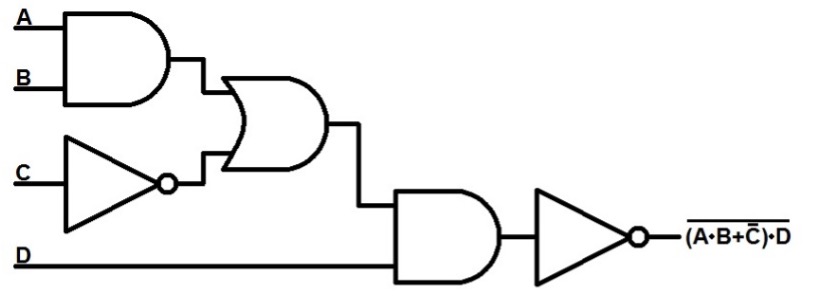Subsection 1.3.5 Specifications
Sometimes we want to start with claims that we are determined to make true. We call these claims specifications. Specifications play a critical role in all kinds of design tasks, from computer software and hardware to the Internet to corporate databases.
Problem domain experts write specifications for software (and/or hardware) systems. Then other people (engineers with the necessary skills) build systems to meet those specifications. Disasters occur when the specifications are fuzzy or unclear. The use of a precise logical specification language can prevent such disasters. It can also make it possible to prove that a particular implementation does in fact meet the specifications.
So we’ll represent specifications as logical statements.
Software Specifications
Claim 1.3.4.
A University course scheduling program: No student is scheduled for back to back classes in buildings more than 2 blocks apart.
Claim 1.3.5.
A newsletter mailing program: Before the mailing labels are printed, the addresses are sorted by zip code.
Claim 1.3.6.
A loan underwriting program for a bank: Loans are issued only to people who have been customers of our bank for at least a year and whose credit score is at least 650.
Circuit Design Specifications
Hardware too is first specified, then designed and built.
Claim 1.3.7.
We might write this specification for a four-input, one-output circuit. It should compute:
NOT ((A AND B) OR NOT C) AND D)
Here’s a circuit that meets this specification:

Problems 1.3.10.
Consider the following procedure:
return(average(inputlist))
Now consider each of the following specifications. For each, indicate whether our procedure satisfies the specification.
(a)
Given a list of positive integers, return a positive no larger than the largest on the list.
Satisfies the specification
Doesn’t satisfy the specification
(b)
Given a list of positive integers, return some integer on the list.
Satisfies the specification
Doesn’t satisfy the specification
(c)
Given a list of positive integers, return some even integer on the list.
Satisfies the specification
Doesn’t satisfy the specification
